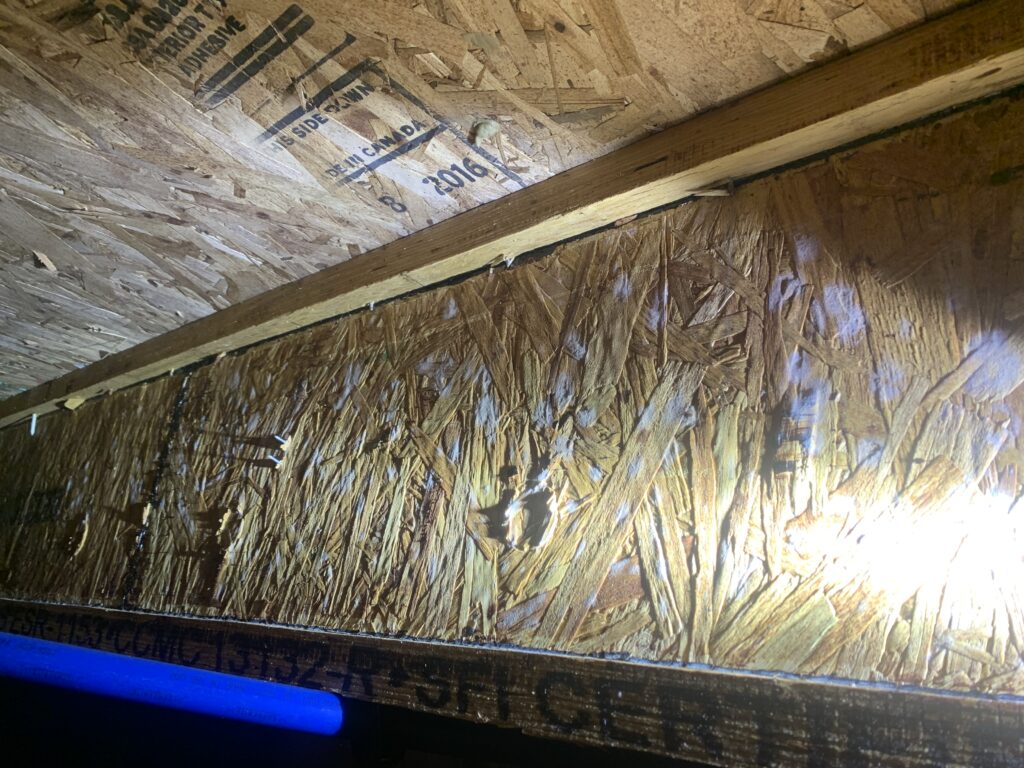Mold Growth in Low Humidity Climates: Why Denver Homes Still Need Testing
Why Denver’s Low Humidity Doesn’t Stop Mold Growth
Denver’s dry climate actually creates unique mold risks that many homeowners don’t see coming. When outdoor humidity is low, any moisture inside your home becomes concentrated in specific areas. Your bathroom after a shower can hit 80% humidity while your living room stays at 20%. Basements trap moisture from concrete foundations. HVAC systems create condensation. Winter heating cycles drive moisture into walls and insulation. Mold spores are everywhere – they’re just waiting for the right conditions, and Colorado homes provide plenty of hidden opportunities.
Mold Growth in Low Humidity Climates: Why Denver Homes Still Need Testing
“It’s dry as a bone in Colorado – how could I possibly have mold?” This is the most common question we hear from Denver homeowners, and it’s based on a dangerous misconception. While Colorado’s average humidity hovers around 15-25%, mold doesn’t need much moisture to thrive, and your home creates dozens of microclimates where humidity spikes well above outdoor levels. Even in our high-altitude desert environment, mold finds ways to grow, hide, and potentially impact your health and property value.

Hidden Moisture Sources in Colorado Homes
The biggest mold problems we find in Denver aren’t from obvious water damage – they’re from moisture sources homeowners never consider. Concrete slab foundations continuously release moisture through a process called efflorescence. Poor bathroom exhaust fans that dump humid air into wall cavities instead of outside. Crawl spaces that trap ground moisture. Even cooking and showering in our tightly sealed, energy-efficient homes creates more indoor humidity than our dry climate can naturally balance.
Altitude and Construction Factors That Increase Risk
Colorado’s high altitude changes how moisture behaves inside homes. Lower air pressure means water evaporates faster but also condenses more readily on cool surfaces. Many Denver-area homes built in the last 30 years use construction methods designed for humid climates – vapor barriers, insulation placement, and ventilation systems that can trap moisture rather than eliminate it. Add in temperature swings from 70-degree days to freezing nights, and you’ve got perfect conditions for condensation in hidden spaces.
When Denver Homeowners Should Test for Mold
You should consider mold testing if you notice musty odors that come and go, unexplained respiratory symptoms that improve when you leave home, or visible water stains even from minor incidents. In real estate transactions, testing is especially important because Colorado’s disclosure laws don’t require sellers to test for mold proactively. Post-water damage, even from small leaks, testing ensures remediation was complete. Don’t assume dry air means no risk – Denver’s unique conditions often surprise homeowners who thought they were immune to mold problems.
